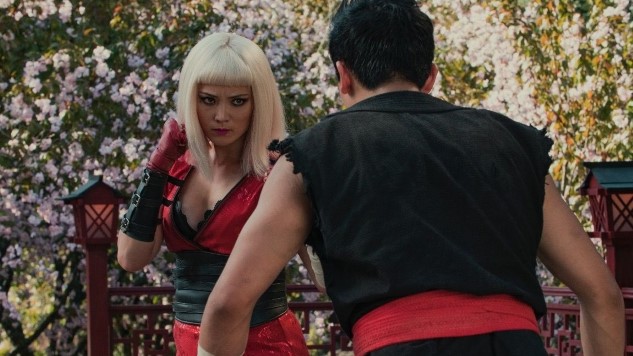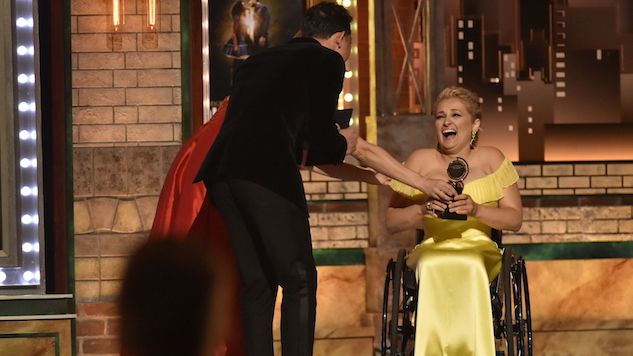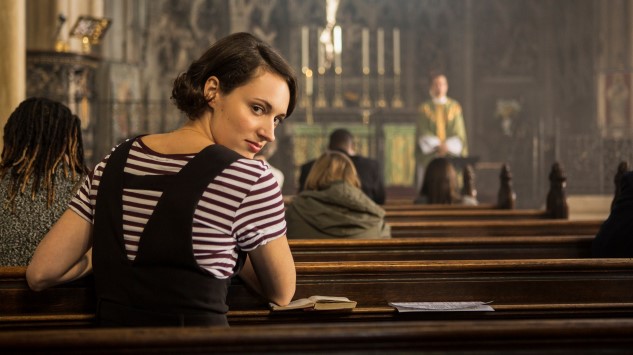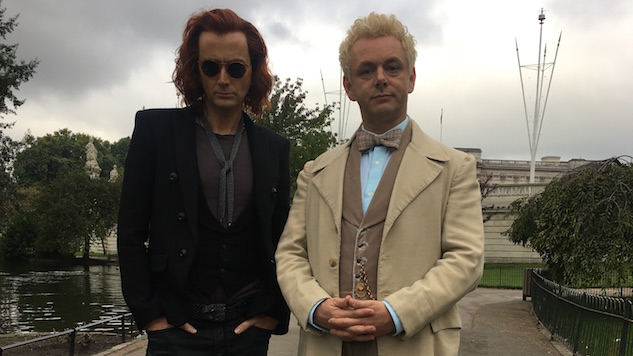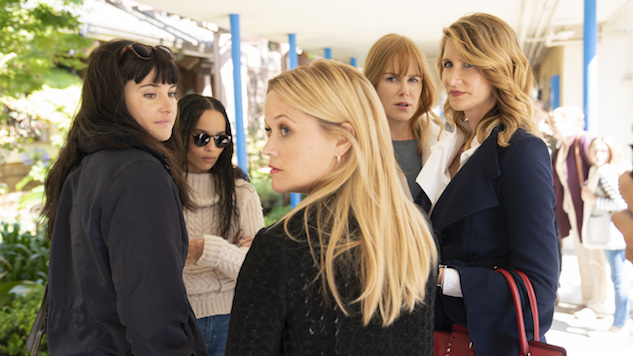Paste’s Power Rankings: The 10 Best Shows on TV Right Now
Come for the monsters, stay for the emotional devastation.
Photo Courtesy of Starz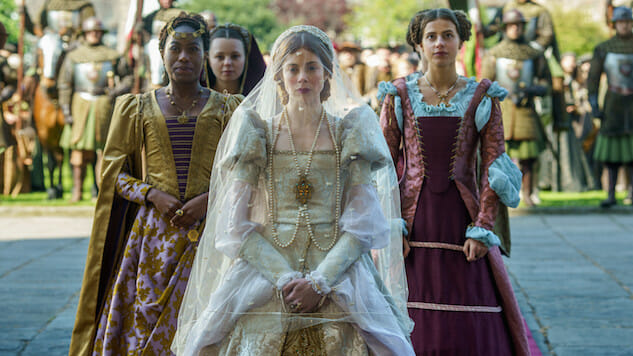
Summer TV is in full swing as two long-awaited dramas returned for new seasons. But the women of Gilead and Monterey were not enough to knock Netflix’s powerful miniseries from the number one slot.
The rules for the power list are simple: Any series on TV qualifies, whether it’s a comedy, drama, news program, animated series, variety show or sports event. It can be on a network, basic cable, premium channel, Netflix, Amazon, Hulu, YouTube or whatever you can stream on your smart TV, as long as a new episode was made available the previous week—or, in the case of shows released all at once, it has to have been released within the previous six weeks.
The voting panel is composed of Paste editors and TV writers with a pretty broad range of tastes. We’re merciless: a bad episode can knock you right off this list. So much good TV is available right now!
Honorable Mentions: Claws, Jane the Virgin, Perpetual Grace LTD
10. Swamp Thing
Network: DC Universe
Last Week’s Ranking 9

Swamp Thing adapts dual sides of its comic character’s mythos. Some of the darker, stranger, more horrific elements of Alan Moore’s take on the character meet the supporting cast that preceded the writer’s tackling of the tragic mossy monster. The result is a fully-established community flecked with lurking evil, more akin to the supernatural “gravitational pull” (as one local puts it) of Castle Rock than most superhero TV. But Dr. Abby Arcane (Crystal Reed) is concerned first with more worldly threats. She links up with out-of-town biologist Alec Holland (Andy Bean) to look into the same problem and some weird, accelerated plant growth.
The first two episodes are rife with sweaty swamp-town politics, a stark class divide, and some seriously grotesque effect work. With a lot of practical vine monsters and committed acting, exciting scenes (like one of Abby and Alec escaping a morgue) are delightfully gross and tangible—almost as tangible is the bad blood and old relationships between Abby and the rest of town. Abby’s position in the town is almost as important as the mysterious swamp illness plaguing it, which means her relationships (even her single day spent with Alec before he becomes Swamp Thing) are all given ample screen time. The cast of weirdos is begging for very weird, very Annihilation-style deaths. Ian Ziering’s cocky actor, Jennifer Beals’ snarky sheriff, Henderson Wade’s earnest cop, and Kevin Durand’s eccentric soon-to-be Floronic Man all steal scenes like horror movie victims can, making their marks early . . . in case they don’t stay late. Because the kills we do get to see in the first two episodes will make gorehounds proud, it’s worth watching alone for the promise of bigger, better, and more tendril-filled deaths.—Jacob Oller
9. Armistead Maupin’s Tales of the City
Network: Netflix
Last Week’s Ranking: Not eligible

Netflix’s new adaptation of (or really, fantasia on) Armistead Maupin’s series is a riff that takes its own mysterious direction, but it honors the books’ characters, particularly linchpin-landlady Anna Madrigal (Olympia Dukakis) and uptight greenhorn Mary Ann Singleton (Laura Linney). The vibe is (for an update bent on respecting and reflecting contemporary social cues) strangely nostalgic, and that’s not a criticism. It works.
-

-

-

-

-

-

-

-

-

-

-

-

-

-

-

-

-

-

-

-

-

-

-

-

-

-

-

-

-

-

-

-

-

-

-

-

-

-

-

-

